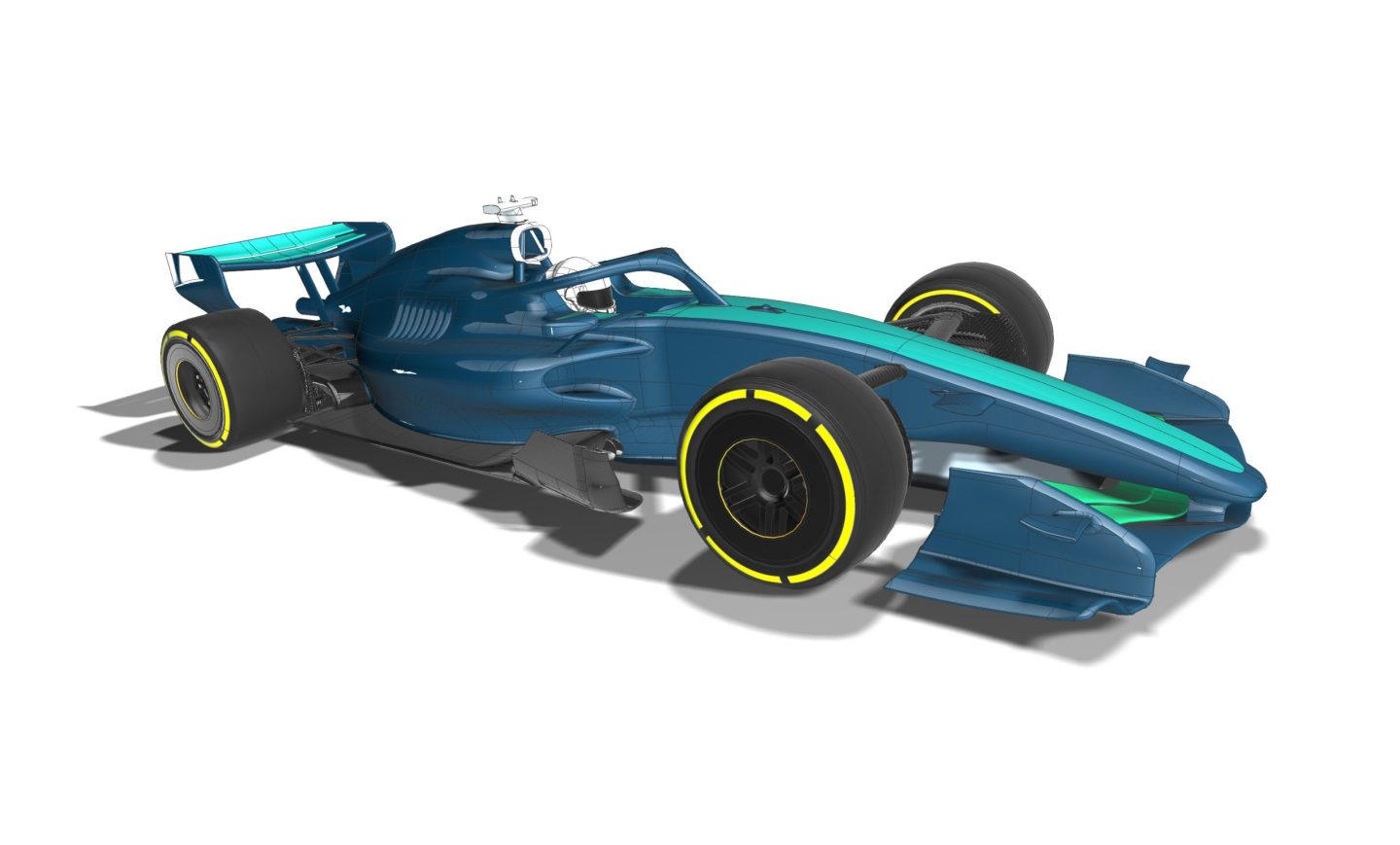Key Takeaways
- The FIA enhances motor sport performance with Siemens’ digital twin technology as an official partner.
- Siemens’ tools aid in aerodynamic design, significantly reducing the need for physical prototypes and lowering carbon footprint.
- Recent advancements in CFD and machine learning are transforming car design in Formula 1, allowing for faster testing and improved competitiveness.
FIA’s New Partnership with Siemens
The Fédération Internationale de l’Automobile (FIA) is expanding its use of Siemens digital twin technology through a new partnership, positioning Siemens as its official digital twin sponsor. This collaboration is part of the FIA’s Global Partnership Programme, with a primary focus on enhancing the design and testing of aerodynamic concepts for single-seater race cars across various categories, including Formula 1 and Formula 4.
Utilizing Siemens’ Xcelerator portfolio, the FIA will leverage Designcentre NX software, enabling engineers to create and modify virtual models while conducting computational fluid dynamics (CFD) simulations. This technological shift allows the FIA to optimize performance and safety, while significantly reducing the reliance on physical prototypes for wind tunnel testing.
Since the partnership began in 2022, the FIA’s aerodynamics team has generated over 14,000 computer-aided design (CAD) parts and completed more than 10,000 CFD tests using Siemens’ tools. By moving much of the aerodynamics work into a digital realm, the FIA is not only boosting efficiency but also lowering the carbon footprint associated with car development.
### Improving Racing Through Digital Technology
Jason Somerville, head of aerodynamics at the FIA, emphasized that Siemens provides the necessary precision tools for designing and testing complex aerodynamic concepts virtually. This approach minimizes environmental impact while enhancing performance and safety in racing, contributing to a fairer and more competitive atmosphere.
In Formula 1, teams are pushing the boundaries of digital engineering. A recent project conducted by Alpine F1 and Oxford Brookes University tested modifications to a car’s diffuser using CFD tools. Resulting adjustments, such as the addition of a lateral vane, achieved significant enhancements, including a 13% increase in downforce and a 5% reduction in drag from the baseline model. This illustrates how minor design tweaks can lead to substantial performance improvements when explored in a virtual environment.
The design of front wings is also evolving, with a study published in 2025 combining conventional CFD techniques with a physics-informed neural network. This hybrid approach accelerated predictions of aerodynamic behavior, achieving impressive accuracy levels—approximately 97% for drag and 98% for lift—while cutting evaluation time for new wing concepts. Such advancements are crucial within the confines of strict cost and testing limitations in Formula 1.
One constructor aims to conduct about 1,000 CFD simulations weekly, utilizing faster post-processing tools that provide engineers with nearly instant results. This ability to explore thousands of online design options instead of physically constructing prototypes allows teams to identify competitive advantages effectively.
CFD technology is also pivotal as teams anticipate the 2026 regulatory changes. Analysts are employing simulations to forecast how new aerodynamic rules will impact airflow dynamics around diffusers and wings, enabling proactive strategic preparations.
### Next Steps in the Collaboration
The FIA plans to deepen its use of Siemens’ Teamcentre® X software for managing product data and collaboration throughout various championships. Additionally, there will be an increased integration of Siemens’ simulation tools, including Simcentre® X, Simcentre™ Amesim™, Simcentre™ STAR-CCM+, and Simcentre™ HEEDS.
Through its Global Partnership Programme, the FIA continues collaborating with organizations that align with its innovation, safety, and sustainability goals within motorsport. This partnership not only outlines the evolving landscape of motor racing but also highlights the significant role digital technologies play in shaping the industry’s future.
The content above is a summary. For more details, see the source article.















